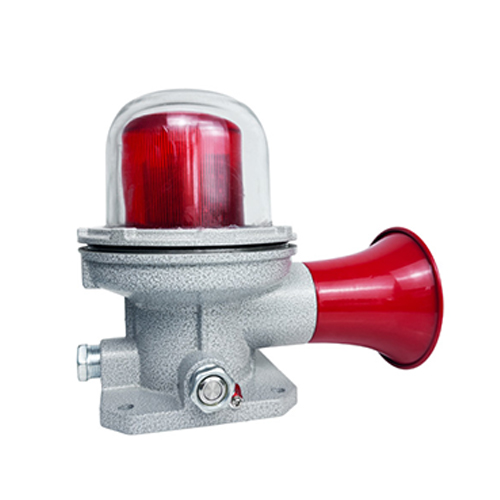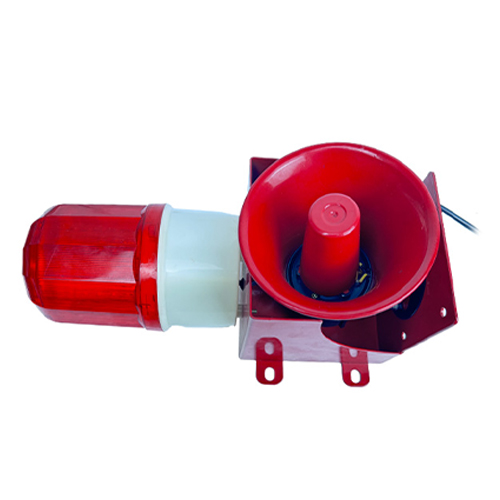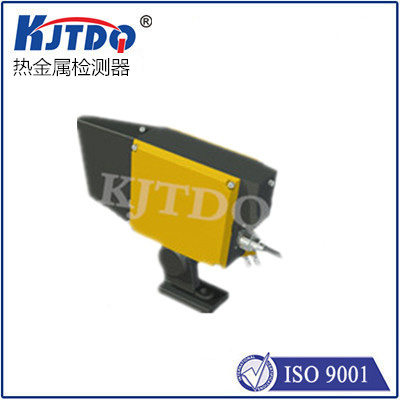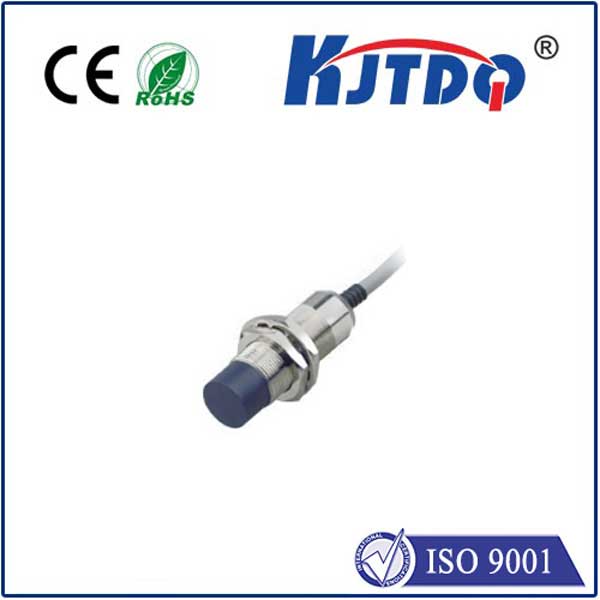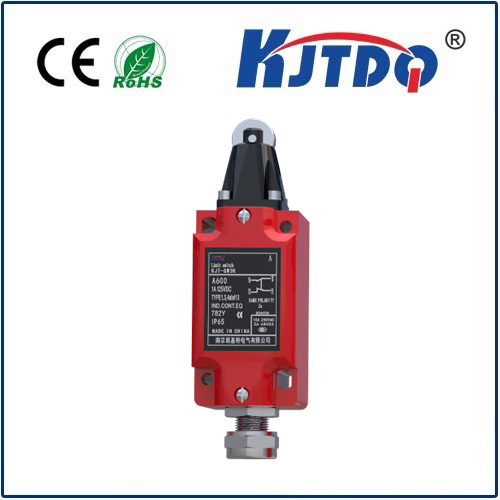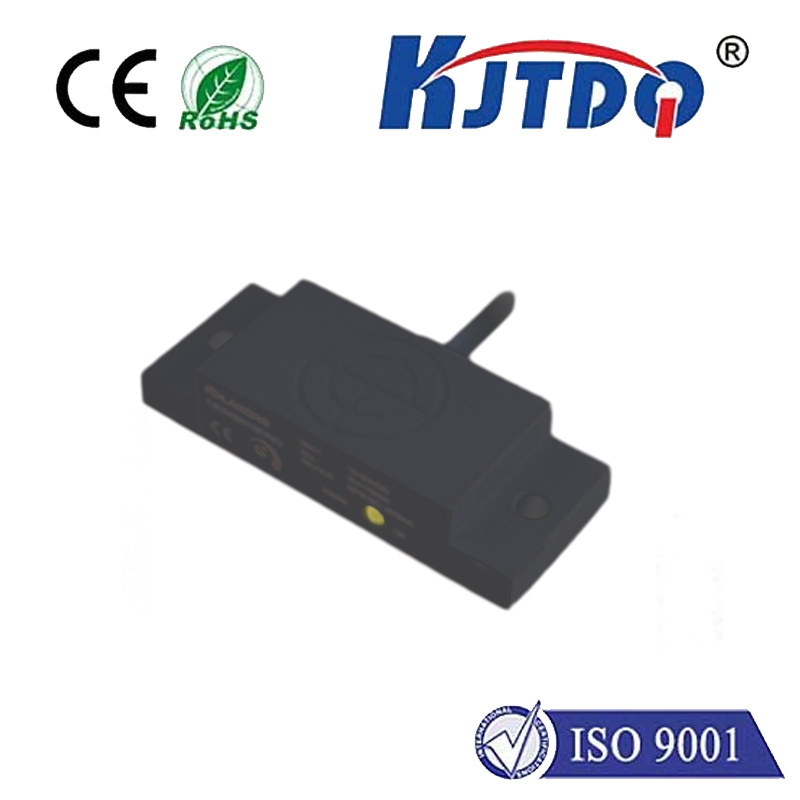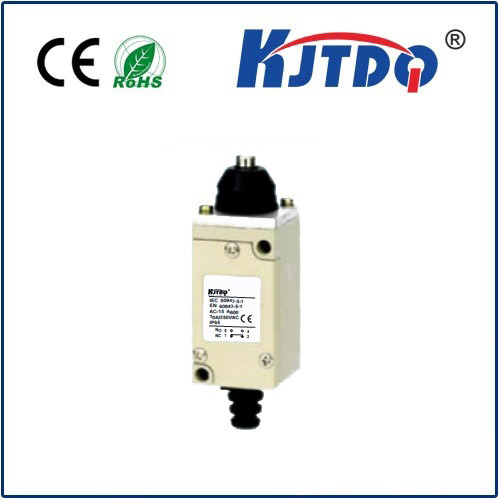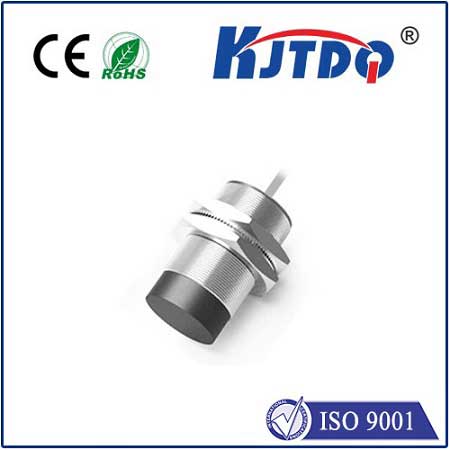optical mouse sensor
- time:2025-08-13 14:41:59
- Нажмите:0
The Invisible Eye: How Optical Mouse Sensors Track Your Every Move
Forget the sticky rollers and grime-filled balls of early computer mice. Today, a silent revolution sits beneath your palm, translating intricate hand movements into precise cursor control with uncanny accuracy. This marvel is the optical mouse sensor, a tiny yet sophisticated piece of engineering that fundamentally changed how we interact with computers. Understanding how this technology works reveals not just its brilliance but also why it became the dominant force in pointing devices.
From Rollers to Rays: Solving the Mechanical Mess
The predecessor to the optical mouse relied on a physical ball that rolled as the mouse moved, driving internal rollers connected to sensors. While functional, this design was plagued by problems: accumulated dirt impaired movement, the ball could stick, moving required a decent amount of friction, and the internal components wore down over time. Enter the optical mouse sensor: a solution aiming for reliability, precision, and maintenance-free operation. The breakthrough came in the late 1990s, spearheaded by companies like Agilent Technologies (now Avago/Broadcom), offering the first commercially viable alternative that ditched moving parts for pure light and silicon.
Shedding Light on Movement: The Core Principles
So, how does a tiny camera under your mouse track movement without seeing the “big picture” like your eyes do? The magic lies in rapid, microscopic image capture and comparison. Here’s the breakdown:

- Illumination: An LED (traditionally red, now often infrared for efficiency and invisibility) or an even more focused laser diode shines light downwards onto the surface beneath the mouse.
- Microscopic Imaging: A tiny, fast-acting CMOS (Complementary Metal-Oxide-Semiconductor) sensor, essentially a minuscule digital camera, sits at the heart of the optical mouse sensor. It continuously takes high-speed snapshots of the illuminated surface texture – capturing details like wood grain, paper fibers, or desk imperfections invisible to the naked eye.
- Digital Signal Processing (DSP): This is where the real-time magic happens. A specialized image processing chip rapidly compares each consecutive image frame captured by the sensor.
- Pattern Recognition and Calculation: By analyzing the tiny shifts and patterns of the surface texture between each frame, the DSP calculates the direction and distance the mouse has moved. It translates this spatial data into X and Y coordinate changes.
- Translation to Cursor Movement: These calculated X and Y values are sent to the connected computer via the mouse’s interface (USB, Bluetooth, etc.), instructing the operating system to move the on-screen cursor accordingly. This process happens thousands of times per second, creating the illusion of perfectly smooth, responsive tracking.
Key Metrics: Understanding Sensor Capability
Not all optical sensor technology is created equal. Performance is measured by several critical specifications:
- CPI/DPI (Counts/Dots Per Inch): This measures the sensitivity of the optical mouse sensor. It indicates how many “counts” or digital signals the sensor reports when moved one physical inch. Higher CPI/DPI allows for more cursor movement with less physical mouse movement, essential for high-resolution displays and precise tasks like graphic design or sniping in FPS games. Modern sensors can exceed 10,000 CPI.
- IPS (Inches Per Second): The maximum speed at which the sensor can accurately track movement. Crucial for gamers making fast flicks or swipes. Top-tier sensors now track at speeds exceeding 400 IPS.
- Acceleration (G): The maximum physical acceleration (due to quick starts/stops) that the sensor can handle without losing tracking accuracy. Higher G ratings (like 50G) mean the sensor remains precise even during extremely rapid movements.
- Frame Rate (FPS - Frames Per Second): How many surface images the sensor captures per second. Higher frame rates (often 6,000 FPS and up) allow the processor to detect smaller, faster movements more reliably.
- Lift-Off Distance (LOD): How high you can lift the mouse before the optical sensor stops tracking. Gamers often prefer lower LOD (
Surface Intelligence: More Than Just the Desk
A significant advancement in optical sensor technology has been its adaptability. Early optical mice struggled on glossy, transparent, or perfectly uniform surfaces because the sensor couldn’t detect sufficient texture variations. Modern sensors are far more sophisticated:
- Advanced Calibration: Sensors can dynamically analyze the surface they are on and adjust their illumination and image processing algorithms for optimal tracking. This often happens automatically the moment you place the mouse down.
- Laser vs. LED: While both utilize the core optical principle, laser diodes project a more coherent, focused light beam. This generally allows laser sensors to track on a wider range of challenging surfaces like clear glass or high-gloss finishes compared to standard LED optical sensors. However, high-end LED sensors have closed this gap considerably. Surface calibration remains key regardless of the light source.
- Pre-Tuned Settings: Many gaming mice allow users to manually calibrate the sensor for their specific mousepad surface via software, optimizing tracking performance.
Why It Reigns Supreme: The Optical Advantage
The dominance of the optical mouse sensor in the market isn’t accidental. It offers compelling advantages:
- Reliability & Durability: No moving parts to collect dust, jam, or wear out. Just solid-state electronics.
- Precision & Accuracy: Delivers consistent, high-resolution tracking crucial for detailed work and competitive gaming.
- Low Maintenance: Forget cleaning rollers. A wipe of the sensor lens occasionally is usually all that’s needed.
- Surface Versatility: Modern sensors work well on a vast array of common surfaces, reducing the absolute need for a mousepad (though one is still recommended for optimal glide and sensor performance).
- Cost-Effectiveness: Mass production has made high-performance optical sensor technology incredibly affordable for everyday users and enthusiasts alike. The basic optical mouse sensor is ubiquitous in budget devices, while cutting-edge variants power professional tools.
The Constant Evolution
Optical mouse sensor technology continues to evolve. Manufacturers constantly push the boundaries of CPI, IPS, efficiency (for wireless mice), and surface compatibility. Features like motion sync (aligning sensor reporting perfectly with USB polling) further reduce latency, particularly valued in esports. The quest for flawless tracking on any surface, including clear glass, remains an active area of development.
That unassuming little red glow beneath your mouse is a testament to remarkable engineering. It replaced clunky mechanics with elegant physics and high-speed computation, delivering the responsive, reliable pointing experience we often take for granted. From the humblest office mouse to the most advanced gaming peripheral, the optical sensor is the critical component translating your physical intention into digital action, thousands of times per second, silently and precisely.


